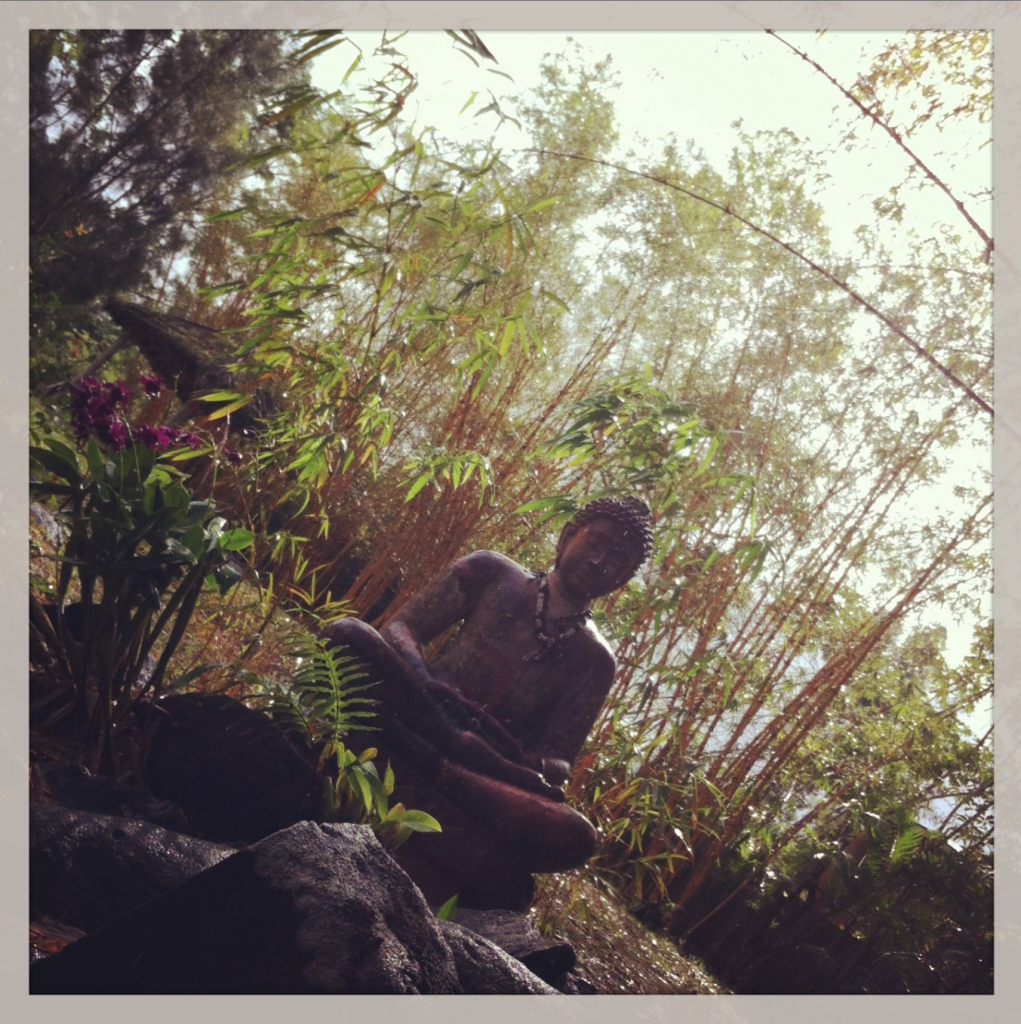by Kim Keller
Over the years I’ve collected an assortment of techniques to protect myself from the stress of everyday life. So, whenever I feel that tension building, I check to see which of my various safeguards I’ve let slip away, and I pull it back into my daily practice to refortify my defense against stress and anxiety.
All my de-stress practices fall into one of these three categories: (a) creating organization, which gives me a sense of control; (b) finding “me time,” which reminds me to take care of myself, even pamper myself a little; and (c) maintaining perspective, which helps me remember that life is bigger, crazier, more surprising and more wondrous than any or all of my problems. In fact, I read an interview not too long ago that gave me a whole new insight into handling stress.
Dr. Ellen Langer, a bestselling author and psychology professor at Harvard, was being interviewed in the Harvard Business Review. “Stress is not a function of events,” she said. “It’s a function of the view you take of events.”
In other words, events are not stressful in and of themselves. It is only the manner in which you choose to view the events that causes the stress.
“You think a particular thing is going to happen,” Dr. Langer continued, “and, when it does, you think it’s going to be awful. But prediction is an illusion. We can’t know what’s going to happen.“
Therein lies the rub. Just because we’ve imagined some event as terrible doesn’t mean it has to be. Dr. Langer’s suggestion for overcoming this negative expectation is the first of my ten techniques for washing away the worries that bedevil me.
- Imagine you’ve interviewed for a great new employment opportunity. “Give yourself five reasons you won’t lose the job,” said Dr. Langer. “Then think of five reasons why, if you did lose it, it would be advantageous for you: new opportunities, more time with family, etc. So now you’ve gone from thinking something bad is going to happen to thinking even if it does, you’ll be OK.” Try to remember that stress is just the result of your perspective of events. So change your perspective. It’s that easy.
Here are my other nine techniques:
- I make time early in the morning to meditate. I am certain this practice has helped me tremendously. When I spend at least 10 minutes in the morning meditating, it centers me and keeps me more focused and calm throughout the day. Meditating doesn’t come to me naturally — I have lots of energy, which makes it a challenge to quiet my mind. Here are a couple of suggestions about how to get started: try using the calm.com app, or read Real Happiness: The Power of Meditation: 28-Day Program by Sharon Salzberg. Both are easy-to-use and effective tools.
- Once or twice a day, I set a timer for 10 minutes, and I power clean, or declutter. It’s amazing how much you can get done in a completely focused 10-minute period! I use the timer technique a lot for any type of project that overwhelms me.
- I make the time — even if it only adds up to an hour a week — to do something I love, like read a book. And when life gets too heavy, I make sure that I’m reading a book that will transport me to an interesting place, far away from my stress.
- In the afternoon, I take just a few minutes to regroup. I close my office door, take a few deep breaths, and find my inner calm — it’s all about creating room for a few minutes of peace in my day. It restores my energy and helps me focus on the rest of the day ahead.
- I have lots of relaxation touchstones around me: I’ve loaded calming music on my iPhone; when I’m home I light a candle or two; I rub one of my worry stones (a polished stone with an indentation the size of your thumb); I make a cup of green tea; or I read one of the inspirational quotes that I keep in my notebook. When I know I’m going to have a particularly rough week, I buy flowers to remind me that nature is bigger and more powerful than I am, and bigger than any of my worries. It helps me to maintain some perspective.
- Either before I go to bed or first thing in the morning, I make a list of what I need to get done that day. I schedule appointments with myself to make sure the important items don’t get lost during the chaos of the day.
- Sometimes I overthink my options, so I have to force myself to make a decision and move on without regret. Procrastinating is easy and puts off any potential trouble that comes with a decision. But the truth is, I have never been disappointed when I finally make up my mind — just relieved.
- When I feel stress building, I know to get up and move around. I take a few deep breaths and get my muscles working. Even if it’s just to walk around a bit, hopefully outside, it always settles me down.
- And the best tip of all: I practice forgiving myself. I’m quick to criticize myself, and I can often get caught up in my day and forget some, or maybe even all, of the tips I’ve just shared with you. I practice just saying to myself: That’s life, you’re human — now get back into your routine!
Kim Keller is the Co-Founder of In Care of Dad. She lives and works in New York City.
Photo is by Karen Keller Capuciati.






